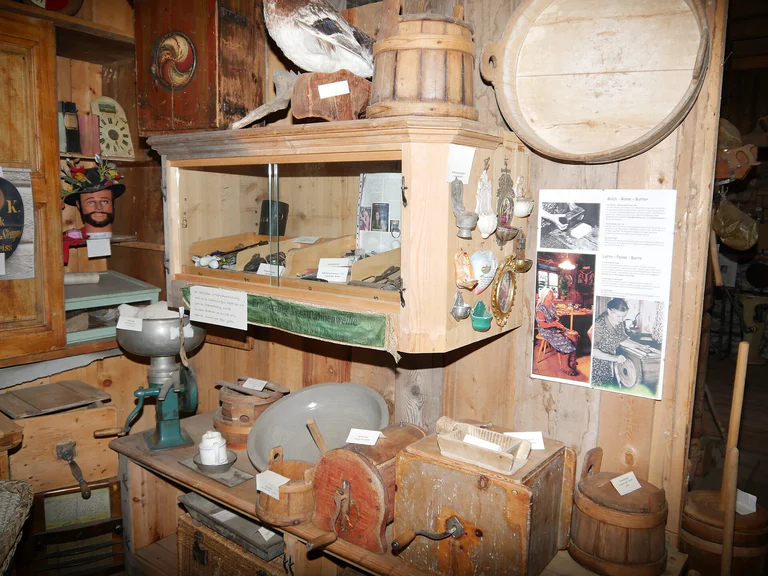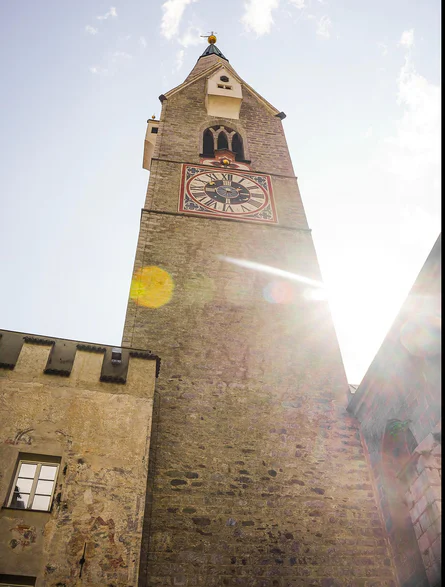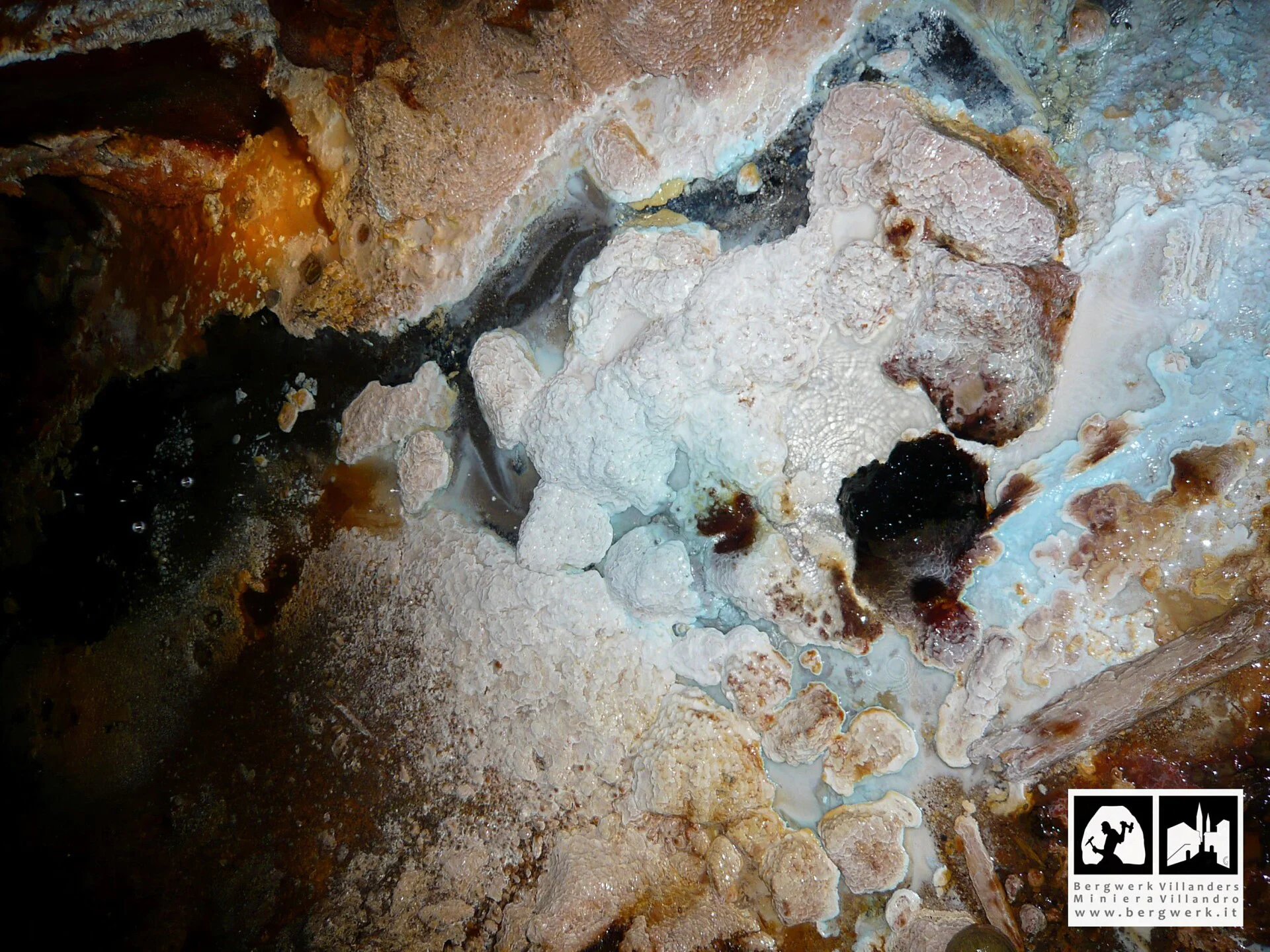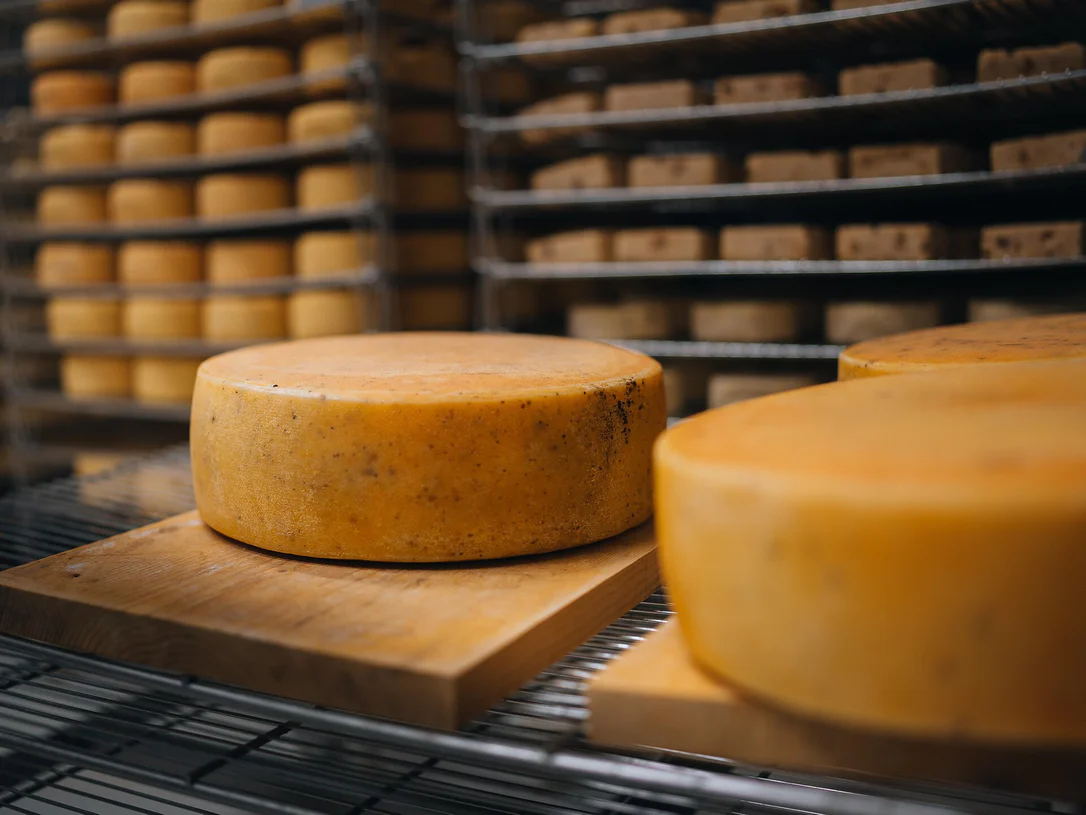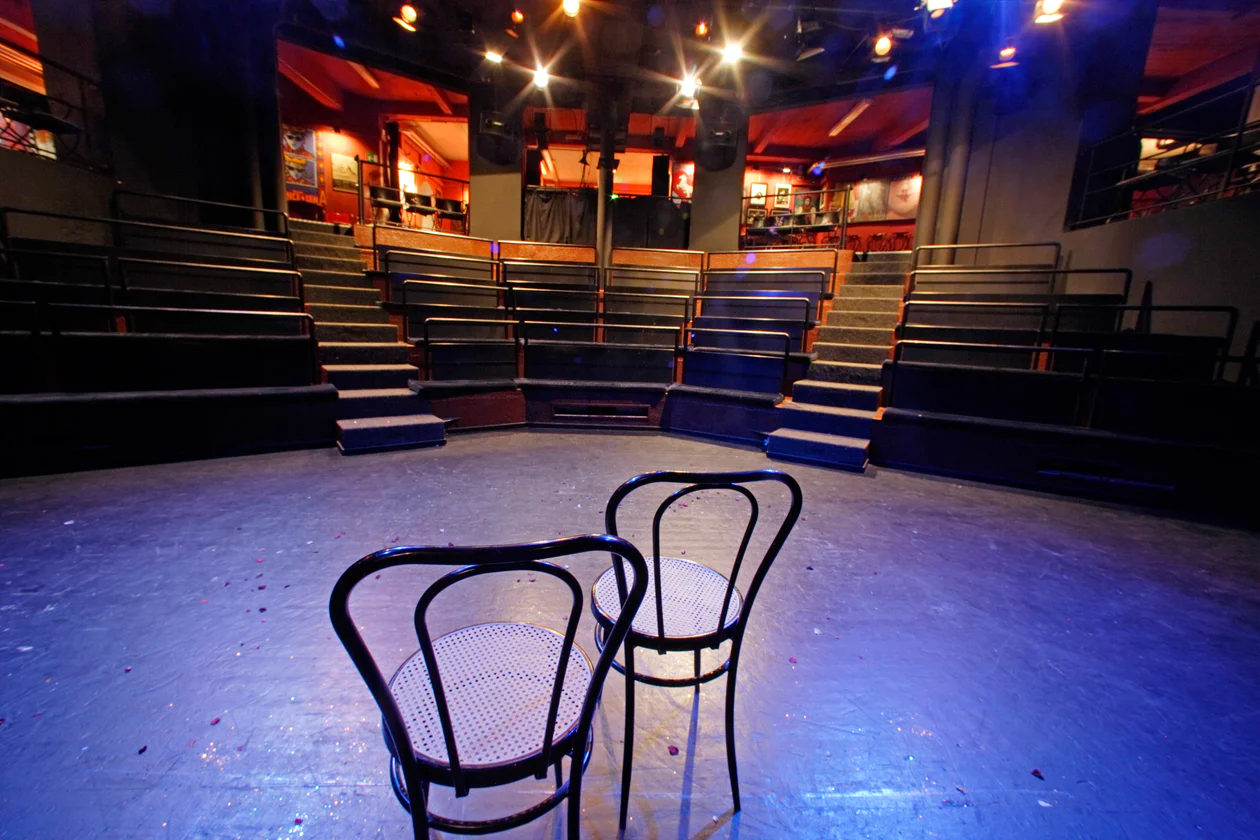In this museum, Reinhold Messner deals with the final aspect of the conflict between man and the mountains; the heritage of the mountains and the people who have lived in them since time immemorial.
The fifth Messner Mountain Museum was opened in summer 2011 in Bruneck Castle by the well-known mountaineer Reinhold Messner. There are countless exhibits from everyday life. With the interactive "MMM Mountain Peoples" project, Reinhold Messner aims not to "exhibit" people, but rather to invite them to take part in an exchange of experience with the local rural population.
Every year guests from another mountain region will spend the summer in the Messner Mountain Peoples Museum and talk about their way of life, accompanied by everyday cultural exhibits belonging to different mountain regions and their inhabitants, including the Sherpas, Incas, Tibetans and Mongolians.
Ticket prices:
Adults € 14,00, kids (6 - 14 years) € 6,00, students under 28 years and seniors over 65 years € 12,00, family ticket (1 adult + kids under 14 years) € 32,00, mini family ticket (1 adult + kids under 14 years) € 18,00, groups of 15 persons and more € 12,00, school classes (6 - 19 years) € 6,00


